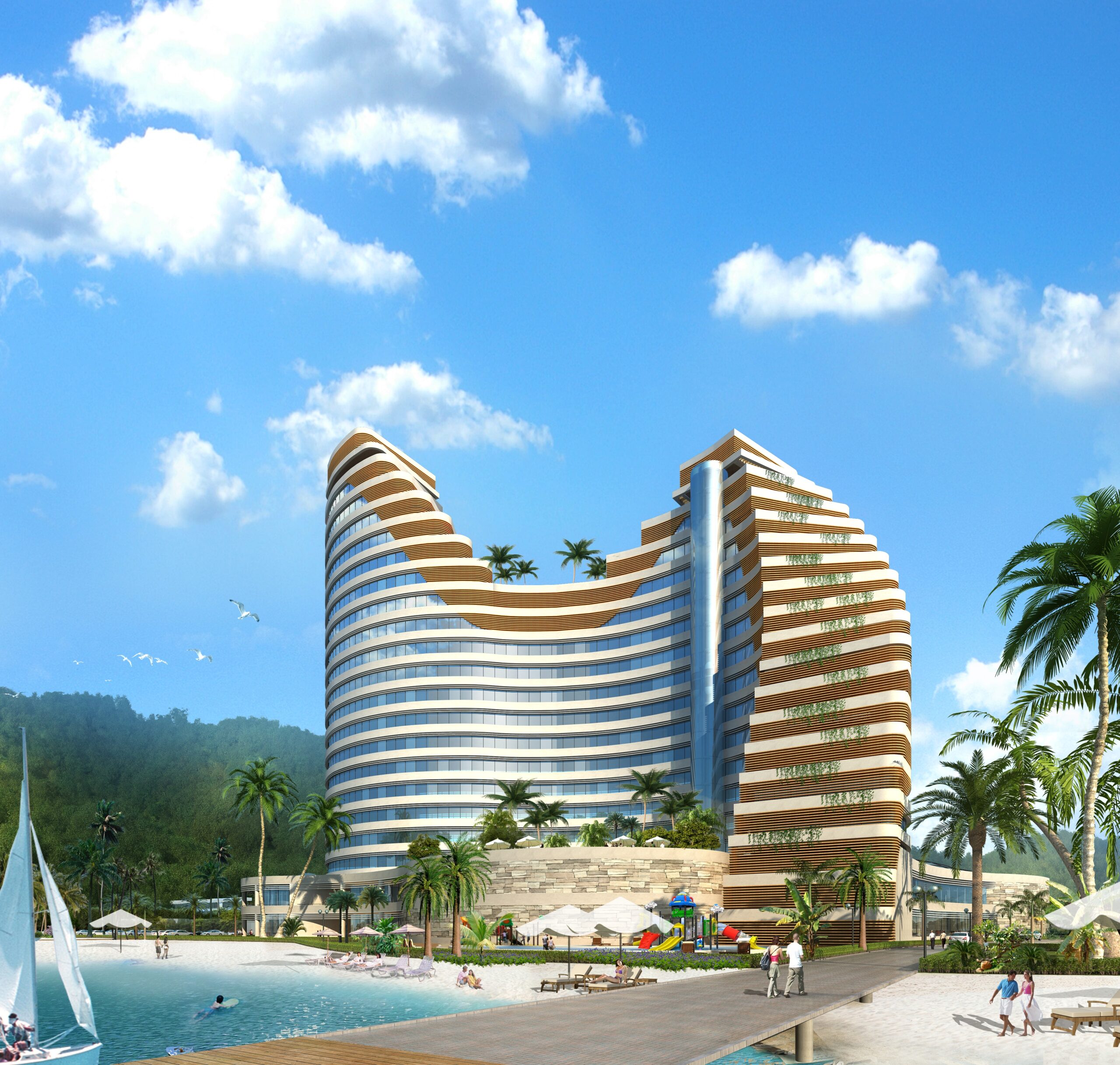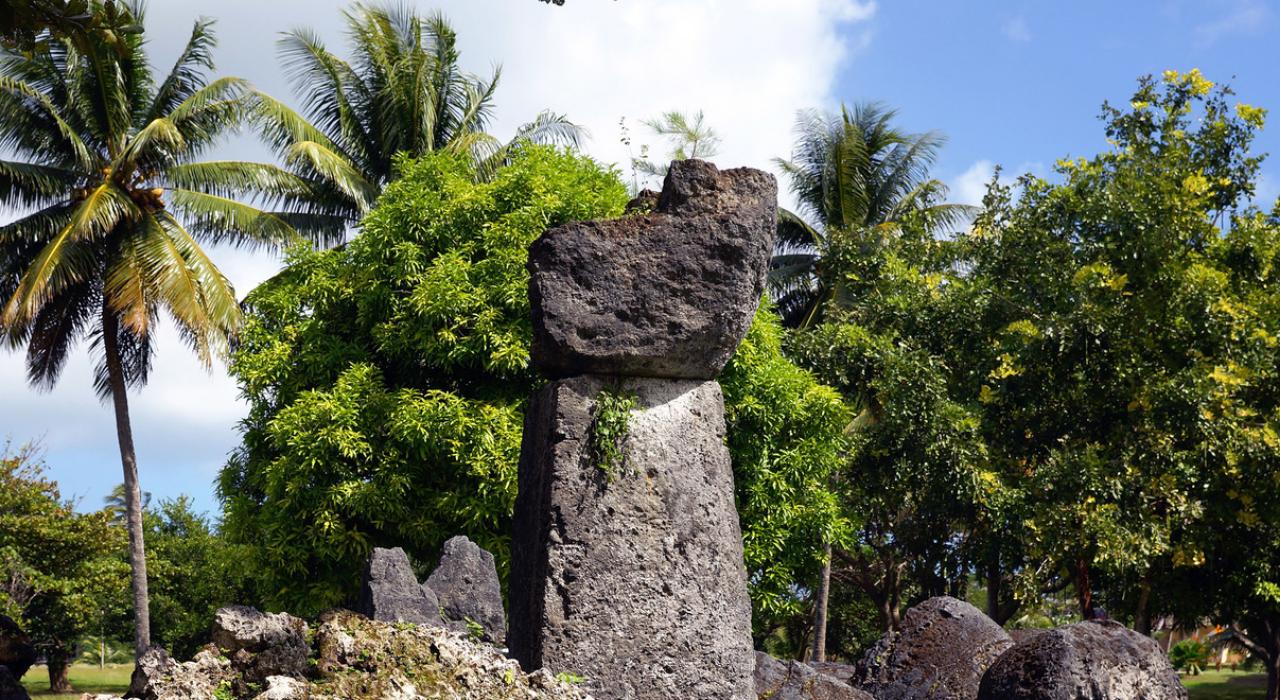Northern Mariana Islands travel tips
Northern Mariana Islands travel tips: A U.S. territory in Micronesia, offers tropical beauty, historic World War II sites, and diverse culture.
Municipalities 🌎
Northern Mariana Islands travel tips. Here is a list of all the municipalities of the Northern Mariana Islands.

Saipan

Tinian

Rota

Northern Islands
Before you go 🛩
Important information you should know before your trip
Info

Capital | Saipan
Flag Codes:
ISO alpha-2 MP,
ISO alpha-3 MNP
Currency
Badge | US Dollar
CODE | USD
NUMBER | 840
SYMBOL | $
FRACTION | penny
Mobile Coverage
Dialing Code | +1-670
SIM Card
Coverage | 3G / 4G / 5G |
Mobile Networks |

Location
The Islas Marianas, officially known as the Commonwealth of the Northern Mariana Islands (CNMI), is a group of islands located in the western Pacific Ocean. The CNMI is a U.S. territory and is part of the larger Mariana Islands archipelago. The exact geographic coordinates of the main island, Saipan, are approximately 15.2120° N latitude and 145.7547° E longitude.
The Northern Mariana Islands are situated north of Guam and south of Japan. The archipelago consists of fourteen islands and islets, with the main inhabited islands being Saipan, Tinian, and Rota. The capital and largest city of the CNMI is Saipan.
The Islas Marianas are known for their tropical climate, pristine beaches, and beautiful natural landscapes. The islands are popular among tourists for activities such as snorkeling, diving, hiking, and exploring World War II historical sites.
Currency
The currency of the Northern Mariana Islands, also known as the Islas Marianas or the Commonwealth of the Northern Mariana Islands (CNMI), is the United States dollar (USD).
The U.S. dollar is the official currency of the Northern Mariana Islands, just like it is in the United States.
The CNMI is a U.S. territory, and as such, the U.S. dollar is widely accepted and used for all transactions on the islands.
It’s important to note that the CNMI does not have its own currency and relies on the U.S. dollar as its primary means of exchange.
Languages
The official languages of the Northern Mariana Islands, also known as Islas Marianas or the Commonwealth of the Northern Mariana Islands (CNMI), are English and Chamorro. English is widely spoken and understood throughout the islands, especially in official and business settings. It is the primary language of instruction in schools, government offices, and most public interactions.
Chamorro is an indigenous language that has historical and cultural significance in the region. While it is not as widely spoken as English, you may still encounter some locals who are fluent in Chamorro, particularly among older generations. Efforts are being made to preserve and promote the Chamorro language within the community.
Additionally, due to the diverse population of the Northern Mariana Islands, other languages may also be spoken, including other Micronesian languages, Filipino (Tagalog), Chinese, and Korean, among others.
Climate 🌡
The Islas Marianas, also known as the Commonwealth of the Northern Mariana Islands (CNMI), have a tropical marine climate characterized by warm temperatures and high humidity throughout the year. The climate is influenced by the islands’ location in the western Pacific Ocean. Here are some key features of the climate in the Islas Marianas:
Tropical Temperature: The islands experience warm temperatures year-round, with little seasonal variation. Average temperatures range from around 25 to 31 degrees Celsius (77 to 88 degrees Fahrenheit). The hottest months are typically between May and October, while the coolest months are from December to February.
High Humidity: The Islas Marianas have high humidity levels due to their tropical location. Humidity levels can range from around 75% to 90% throughout the year, creating a muggy and sometimes oppressive feel.
Rainfall: The islands receive a significant amount of rainfall, with the wettest months occurring between July and November. Rainfall can be variable, with some months experiencing heavier downpours than others. The annual average rainfall is approximately 2,000 to 3,000 millimeters (80 to 120 inches). The months between January and April tend to be drier, with lower precipitation levels.
Typhoon Season: The Islas Marianas are within the Pacific typhoon belt, and there is a risk of typhoons or tropical cyclones during the typhoon season, which typically runs from July to November. During this time, there can be increased rainfall, strong winds, and rough seas. It’s important to stay updated on weather forecasts and follow any advisories or warnings issued by local authorities.
Northern Mariana Islands travel tips
If you’re planning a trip to Northern Mariana Islands, here are some travel tips to enhance your experience:
Entry Requirements:
Check visa requirements and ensure your passport is valid for the duration of your stay.
Local Customs:
Respect the local Chamorro culture. Modesty is appreciated, and removing shoes when entering homes is customary.
Outdoor Activities:
Explore coral reefs, historical sites, and natural beauty. Snorkeling and diving are popular activities.
Historical Sites:
Visit World War II historical sites like Saipan’s Battle of Saipan and Tinian’s atomic bomb pits.
Transportation:
Renting a car is recommended for exploring. Taxis and limited public transportation are available. View Guide.
Island Hopping:
Consider exploring nearby islands like Rota or Tinian for a broader Micronesian experience.
Health Precautions:
No specific vaccinations are required, but check with your healthcare provider. Stay hydrated and protect against mosquitoes.
Enjoy your time in Northern Mariana Islands!

The best of the best
The cuisine of the Islas Marianas, also known as the Northern Mariana Islands, reflects the cultural diversity and influences of the region. Traditional Chamorro cuisine, as well as other international flavors, are part of the local food scene.

Tinaktak
Tinaktak is a flavorful dish made with ground beef, coconut milk, and a variety of vegetables such as spinach, green beans, and eggplant.

Kelaguen
Kelaguen is a popular Chamorro dish made with grilled or cooked meat, typically chicken or fish, which is then finely chopped and mixed with lemon juice, onions, and other seasonings.

Latiya
Latiya is a traditional dessert similar to a custard or pudding.
Here are some typical foods you can find in the Islas Marianas:
Red Rice: Red rice is a staple in Chamorro cuisine. It is made by cooking rice with achiote seeds (annatto) to give it a reddish color and a slightly nutty flavor. Red rice is often served alongside other dishes and is a favorite accompaniment to barbecued meats.
Titiyas: Titiyas are Chamorro-style flatbreads or pancakes made from a mixture of flour, coconut milk, and sugar. They can be enjoyed as a snack or as a side dish to accompany savory dishes.
Fried Flying Fish: Flying fish is a common fish found in the waters around the Islas Marianas. It is often prepared by marinating the fish in a mixture of soy sauce, vinegar, garlic, and spices before frying it to a crispy golden brown. Fried flying fish is a popular seafood dish.
Coconut Crab: The Islas Marianas are known for their abundant coconut crabs, which are the largest land-living arthropods in the world. The crabs are typically cooked by boiling or grilling, and their meat is highly regarded for its flavor and texture.
The islands also offer a variety of international cuisines due to their diverse population and influences from other cultures.
Transportation 🚥
More information about this country
Choose your destination 📍🗺
Useful Links ✅



